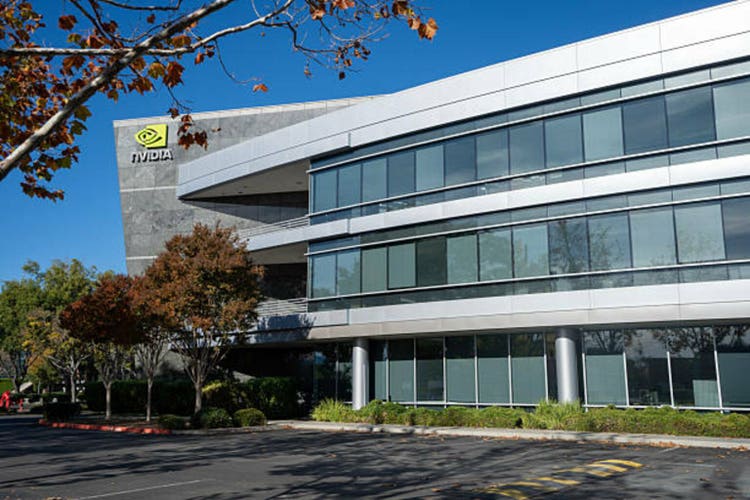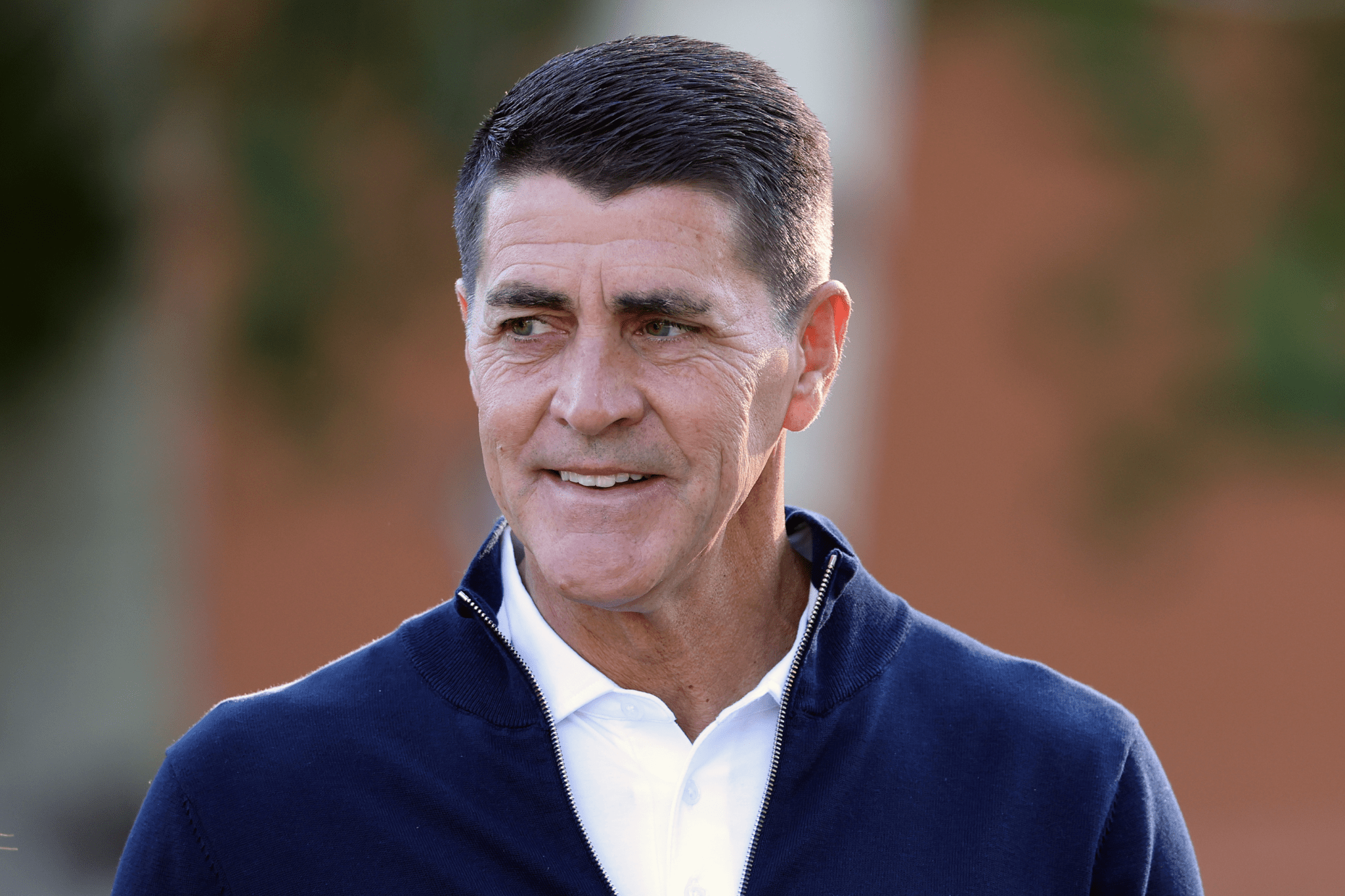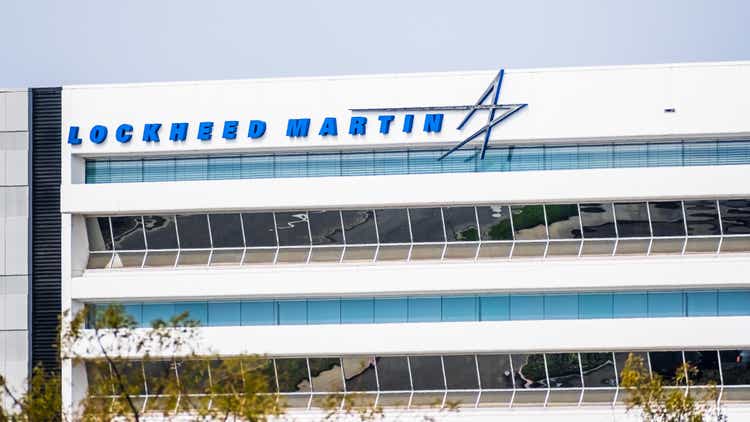The capital of Finland could soon be heated with nuclear energy. A pilot project designed to test nuclear-powered district heating is set to be built at a highly symbolic site: Helsinki’s recently decommissioned coal-fired power plant, the last of its kind in Finland.
This experiment from Finnish startup Steady Energy unfolds amid global momentum for nuclear power. In December 2023, a declaration pledging to triple nuclear energy to reach net-zero emissions by 2050 was signed by more than 20 countries, including Finland. According to a survey, 69% of Finns accept nuclear energy as a tool for combating climate change.
A similar transformation is underway throughout Europe. Most recently, the Swiss government presented draft legislation to end its ban on building new nuclear power plants. But the very existence of such a ban shows that the continent has long been deeply wary of atomic technology.
Divisions are still rife within the European Union, with its two largest economies sitting at opposing ends of the spectrum on nuclear power. While France derives most of its energy from it, Germany shut down its last reactor in 2023, and it is unclear whether its current government will change course.
However, the pro-nuclear camp scored a victory when the European Commission reversed a previous ban by listing “nuclear fission energy” among the sectors eligible to receive EU money in the 2028-2034 budget proposal it unveiled in July.
But going from ban to hitting the ground running is not easy—and that is what is required if Europe wants to keep pace with international competitors in a field that is once again rife with innovation. “I think it’s not too late yet, but the time is clearly now,” said Thorizon CEO Kiki Lauwers.
This spinoff from Dutch nuclear research institute NRG is part of a new wave of European companies leveraging the continent’s scientific expertise to build small modular reactors. Known as SMRs, they are a technological advancement that plays a major role in the momentum nuclear energy is seeing today.
True to their name, SMRs are compact and modular, allowing for fast deployment close to where power is needed. According to Italian physicist Stefano Buono, CEO and founder of French SMR company Newcleo, “Today, with technological maturity, strong investor appetite, and clearer regulation, SMRs have a real opportunity to define the future of nuclear and address the energy sector’s most pressing challenges.”
This is particularly welcome when they also enable shorter learning cycles that could benefit the industry as a whole. “While hurdles remain, recent progress is remarkable: SMRs, with their lower capital needs and faster build times, directly overcome the barriers that slowed the industry in the past,” Buono said.
Global competition heats up
As a result, countries worldwide are pursuing this technology at an accelerating pace. Following in the footsteps of China and Russia, the U.S. selected 11 advanced reactor projects under President Trump’s Nuclear Reactor Pilot Program, with the major ambition to have at least three test reactors operating by July 4, 2026. “They’re very fast in the race, and I think that is what is needed,” Lauwers said.
What makes nuclear power appealing to the Trump administration isn’t so much its lack of carbon emissions as the narrative around reliability, energy sovereignty, and expanding production capacity to meet demands from industry and AI. Big Tech companies have also taken note, especially regarding the potential of SMRs as a nimble complement to large-scale reactors.
“Today, with technological maturity, strong investor appetite, and clearer regulation, SMRs have a real opportunity to define the future of nuclear and address the energy sector’s most pressing challenges.”
Stefano Buono, CEO and founder, NewcleoWith U.S. power demand from data centers forecast to double within five years, major tech companies like Google, Amazon, and Microsoft are increasingly driving investment in nuclear projects. But there are only so many existing, large-scale nuclear plants that private companies can restart—increasing the appeal of SMRs as a near-term solution, albeit not an immediate one.
Unlike fusion, which remains a long shot, SMRs rely on established nuclear principles; but almost none are market-ready. For most designs, the challenge is scaling up to commercially affordable rates, while more innovative, fourth-generation designs (also known as advanced modular reactors, or AMRs) may be even more promising and scalable but remain further from commercial deployment.
All options come with their own set of challenges. French VC-funded startup Jimmy had to admit that its original design wouldn’t be compatible with competitive pricing, which will delay its plans by several years. Meanwhile, EDF subsidiary Nuward had to go back to the drawing board with its SMR plans in 2024, relaunching with a “simpler” design.
With no clear winner yet, the European Industrial Alliance on Small Modular Reactors, a public-private platform founded by the European Commission in 2024, has been edging its bets. Among the nine projects it recently picked are six light water reactors (five pressurized-water, one boiling-water), two lead-cooled fast reactors, and one molten salt reactor—Thorizon’s.
According to Lauwers, light water SMRs “basically use the same technology as the current big ones,” but Thorizon’s (fourth generation) approach is inherently safer. Equally importantly, molten salts can be made from uranium, thorium, or recycled spent nuclear fuel—with the latter two potentially boosting Europe’s energy security by reducing reliance on freshly imported uranium.
The prospect of better utilizing existing stocks of nuclear materials certainly opened doors for Thorizon in France. The Dutch startup partnered with French heavyweight Orano on a project hoping to recycle nuclear waste within the framework of national investment plan France 2030, through which it also received a €10 million grant. Overall, France plans to dedicate €1 billion to SMRs by 2030, positioning itself as a key player in Europe’s nuclear Renaissance.
Export opportunities
According to Jean-Baptiste Dupin, Chief Science Officer for Climate Tech at Paris-based think tank Zenon Research, “the fact that these SMR initiatives are part of a broader reindustrialization plan means that, ultimately, these SMRs are not just focused on France, which has a real export strategy. Otherwise, having 10 startups in France alone would not be sustainable.”
In Europe alone, the export market could be considerable, with countries like Belgium, Czechia, Finland, Italy, Lithuania, the Netherlands, Norway, Poland and Romania also exploring SMR options.
“By making this bet, France could take the lead and position itself once again as a leader in a certain range of nuclear technologies, at least within Europe,” Dupin says.
It will have competition. The U.K. also pledged £2.5 billion for its own program, focusing on Rolls-Royce SMR, a division of the British aerospace and engineering giant, which has also set its sights on foreign markets. “If we are not market leader globally, we did something wrong,” Rolls-Royce chief executive Tufan Erginbilgic recently told the BBC, referring to the company’s expertise in building reactors for nuclear submarines.
Governments and regulators will have a central role to play in how the competitive landscape develops. The U.K. named Rolls-Royce SMR the sole preferred bidder for its SMR program in June. One month later, Newcleo announced it would substantially wind down its U.K. activities due to the lack of support and funding from the British government, relocating its headquarters from London to Paris.
Even within the European Union, there is fragmentation, without a single regulatory regime. Partly as a result, progress is happening more slowly than in the U.S., which is streamlining SMR licensing and testing ahead of its ambitious 2026 objective, and where companies like NuScale Power and X-Energy have already gone public. This has led to calls for bolder political leadership when it comes to nuclear energy in the EU.
Sama Bilbao y Leon, Director General at World Nuclear Association, a global body representing the nuclear industry, said WNA “calls on policymakers to translate energy policies into actionable industrial strategies that streamline licensing and permitting and help fast-track deployment of large-scale reactors while accelerating SMR and microreactor delivery.”
Nuclear vs renewables
One obstacle to faster licensing is public apprehension about living near nuclear facilities, no matter how small. SMR projects have found a workaround by targeting areas near existing reactors. But this approach also limits their potential to deliver on-site, low-carbon heat and electricity to heavy energy users like aluminum, steel, or chemical plants.
This creates a self-fulfilling scenario where skepticism about nuclear makes SMR projects less competitive against renewables. However, advocates say that the two are complementary, with SMRs providing dependable power that can adjust to inherently variable energy sources such as wind and solar power. In an explainer on SMRs, the International Atomic Energy Agency highlighted that these “could be paired with and increase the efficiency of renewable sources in a hybrid energy system.”
Buono is adamant that “nuclear is a safe, clean, and indispensable part of the energy transition.” And with SMRs getting closer to deployment, heavy industries, too, now see them as a tool to further reduce their carbon dioxide emissions. Fortune 500 Europe company Outokumpu, for instance, studied and confirmed the feasibility of building an SMR near its largest stainless steel plant in Tornio, Finland.
According to the International Energy Agency, this demand for firm, dispatchable and clean power from the private sector signals that SMRs can be a catalyst for change. However, the agency emphasizes that their success “will hinge on whether government support, innovation and new business models enable them to bring down their costs quickly enough.”
If that happens, the IEA predicts that SMRs could account for 10% of all nuclear capacity globally by 2040. Together with a new wave of large-scale reactors, this could enable Europe to make nuclear power a key part of its clean energy future.
This story was originally featured on Fortune.com

 7 hours ago
1
7 hours ago
1
















 English (US) ·
English (US) ·